One of the biggest contributions in the near future could come from smaller, more compact reactors. Several microreactor designs are currently under development in the United States that will be smaller in size, more flexible to operate and versatile enough to provide energy to end users for a variety of services ranging from electricity production to water purification.
Category: energy – Page 179
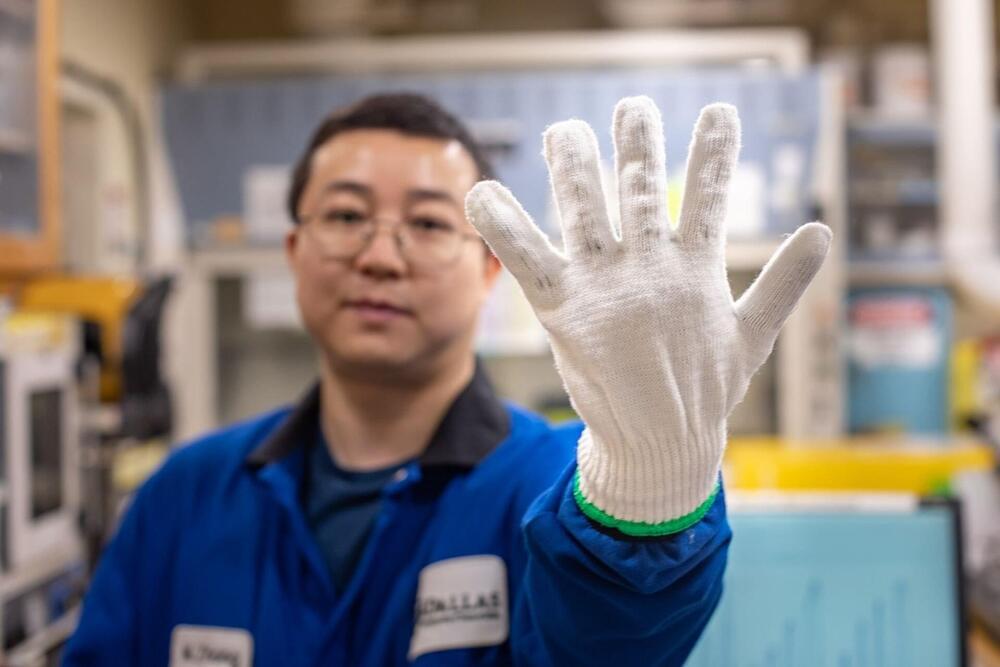
New energy harvesters show potential that fits like a glove
A group of University of Texas at Dallas researchers and their colleagues have made significant improvements to energy-harvesting yarns they invented called twistrons, which are made from carbon nanotubes and produce electricity when repeatedly stretched.
The researchers describe the improved twistrons and some potential applications of the technology in an article published in the July 7 print issue of Advanced Materials.
In a proof-of-principle experiment, Zhong Wang, Ph.D., lead author of the article and a research associate in the Alan G. MacDiarmid NanoTech Institute at UT Dallas, sewed the new twistron yarns into a glove. As someone wearing the glove formed different letters and phrases in American Sign Language, the hand gestures generated electricity.
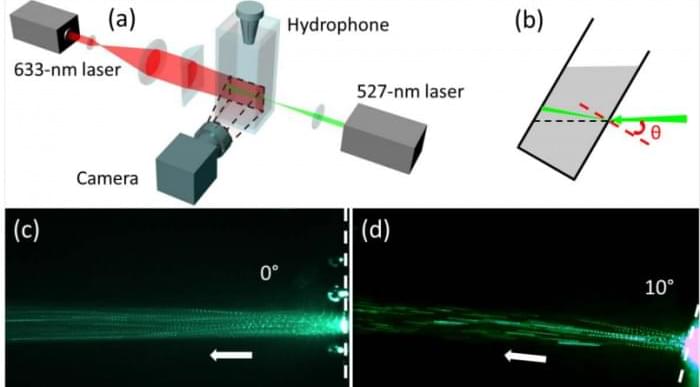
Engineers Turn a Laser Beam into a Stream of Liquid
Circa 2017 I think with a light into matter laser we could create water but this idea could be a first step.
Lasers are one of the iconic breakthroughs of 20th century science. They produce coherent photons in tight beams of specific energy. They can transmit data, detect molecules, and burn through metal. The photons they produce also have significant momentum.
And that raises an interesting question. Is it possible to transfer this momentum to generate matter rays such as a liquid flow? Not until now.
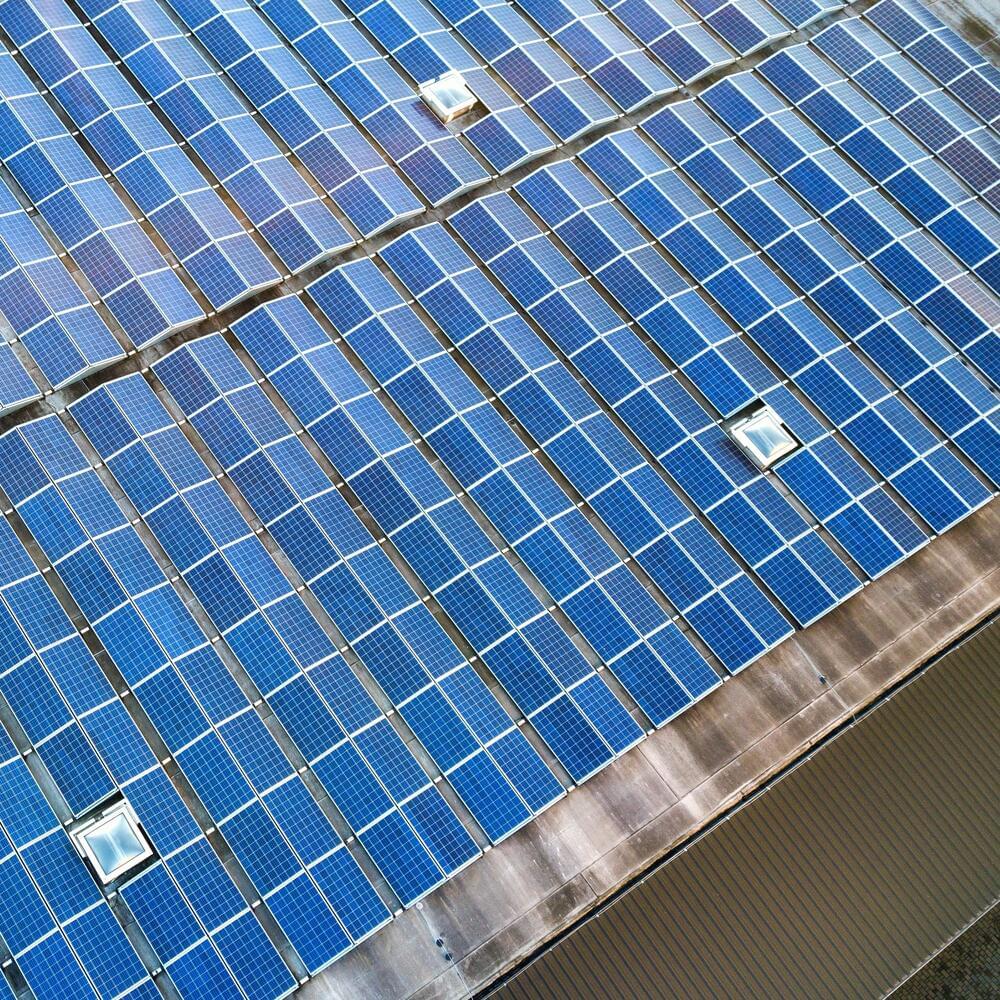
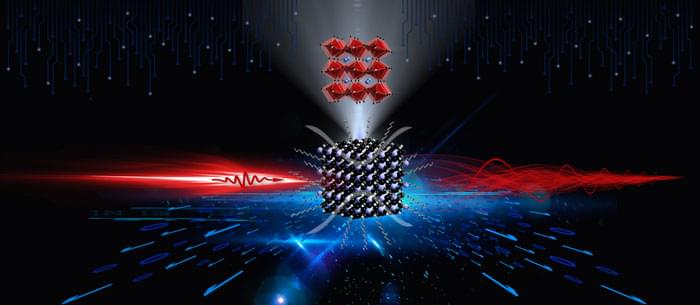
Lattice distortion of perovskite quantum dots induces coherent quantum beating
A research group led by Prof. WU Kaifeng from the Dalian Institute of Chemical Physics (DICP) of the Chinese Academy of Sciences (CAS), in collaboration with Dr. Peter C. Sercel from the Center for Hybrid Organic Inorganic Semiconductors for Energy, recently reported the utilization of lattice distortion in lead halide perovskite quantum dots (QDs) to control their exciton fine structure.
The study was published in Nature Materials (“Lattice distortion inducing exciton splitting and coherent quantum beating in CsPbI 3 perovskite quantum dots”).
Lattice distortion of perovskite quantum dots induces coherent quantum beating. (Image: DICP)

Another 3GW offshore wind project “unveiled” in Australia, with carbon copy proposal
Things are starting to get a bit strange in the world of the offshore wind industry in Australia. Nothing has been built yet – in fact legislation allowing even a feasibility study is yet to be finalised – but the sheer scale of the proposals is jaw-dropping.
In total, according to RenewEconomy’s own offshore wind map of Australia, nearly 40GW of project proposals scattered around the southern half of the country (the offshore wind resource is not nearly as interesting in the northern part of the island continent) have been unveiled by various developers.
Some 12GW of proposals, and accompanying headlines, have come from a little known Danish outfit called Copenhagen Energy, not to be confused with Copenhagen Infrastructure Partners, which is the biggest shareholder in the country’s most advanced wind project, the 2.2GW Star of the South proposal in Victoria.
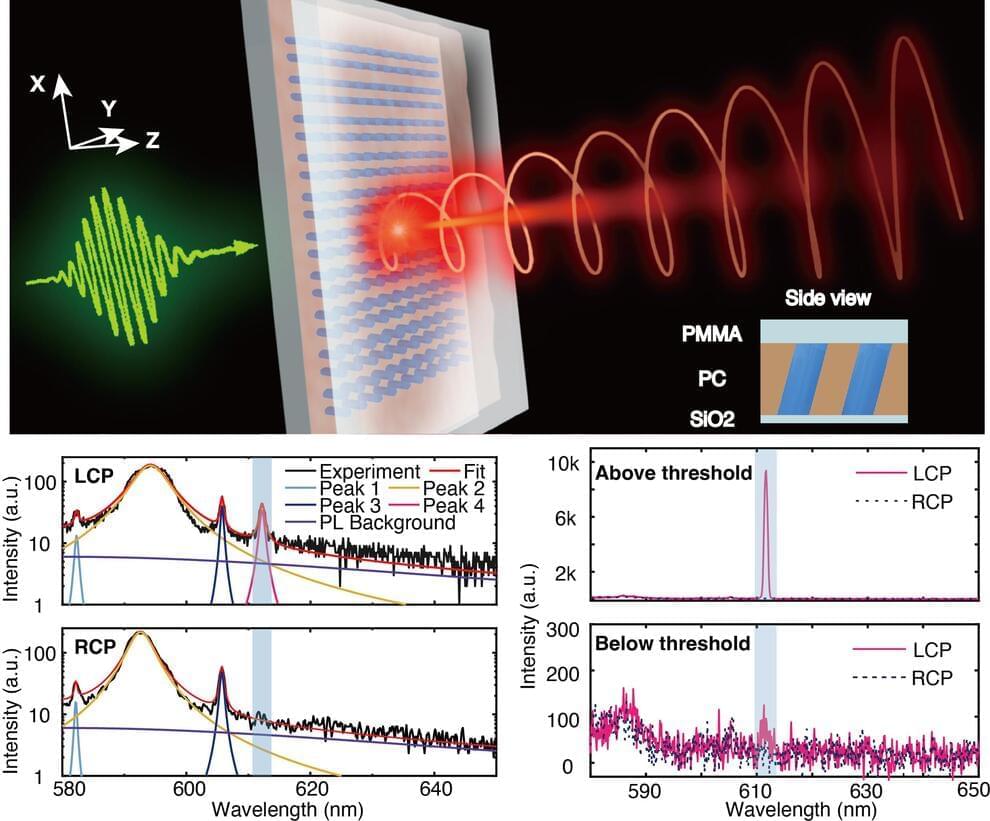
Chiral quasi bound states in the continuum for a high-purity circularly polarized light source
An ultracompact circularly polarized light source is a crucial component for the applications of classical and quantum optics information processing. The development of this field relies on the advances of two fields: quantum materials and chiral optical cavities. Conventional approaches for circularly polarized photoluminescence suffer from incoherent broadband emission, limited DOP, and large radiating angles. Their practical applications are constrained by low efficiency and energy waste to undesired handedness and emission directions. The chiral microlasers can have large DOPs and directional output, but only in specific power ranges. Most importantly, their subthreshold performances plummet significantly. Up to now, the strategy for simultaneous control of chiral spontaneous emission and chiral lasing is still absent.
In a new paper published in Science, researchers from Harbin Institute of Technology and Australian National University employ the physics of chiral quasi bound states in the continuum (BICs) and demonstrate the efficient and controllable emission of circularly polarized light from resonant metasurfaces.
BICs with integer topological charge in momentum space and a theoretically infinite Q factor have been explored for many applications including nonlinear optics and lasing. By introducing in-plane asymmetry, BICs turn to be quasi-BICs with finite but still high Q factors. Interestingly, the integer topological charge of BICs mode would split into two half integer charges, which symmetrically distribute in momentum space and correspond to left-and right-handed circular polarization states, also known as C points.
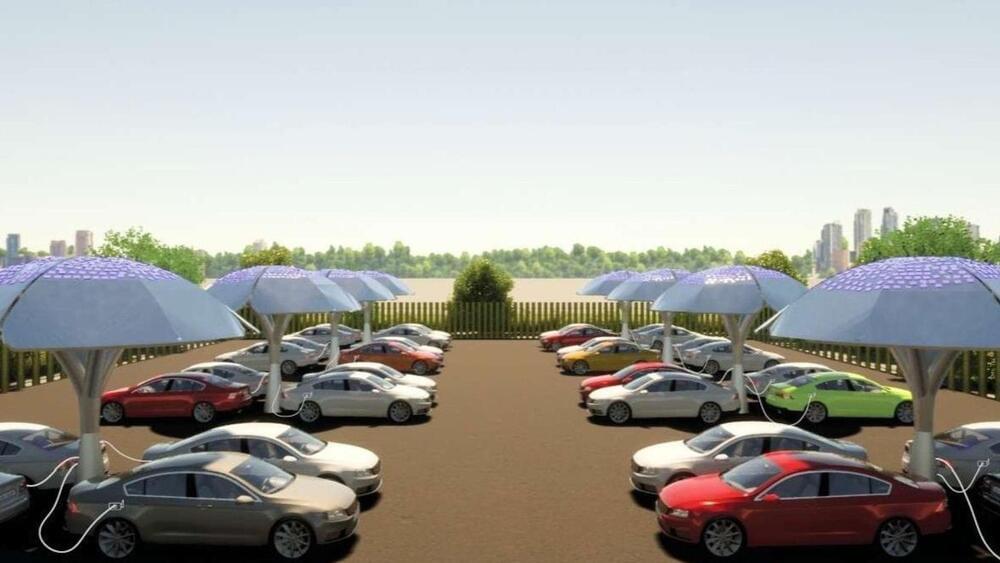
A tree-shaped solar EV charger is coming soon to a car park near you
It will be commercially available in early 2023.
London-based SolarBotanic Trees (SBT) unveiled its solar and storage system that is shaped liked a tree. The company aims to deploy its technology to charge electric vehicles (EVs) to begin with, Electrek.
With the world moving towards less-carbon emissions, there is a rush toward harnessing renewable sources of energy. Not only do these technologies need improvements in their power generation efficiencies, but they also need to be aesthetically pleasing.
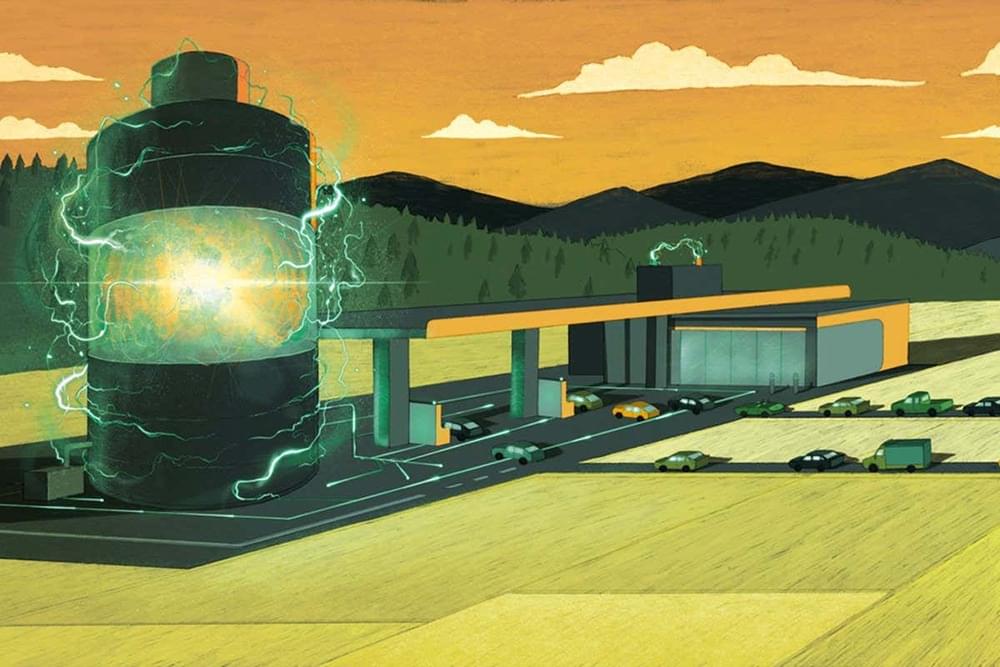
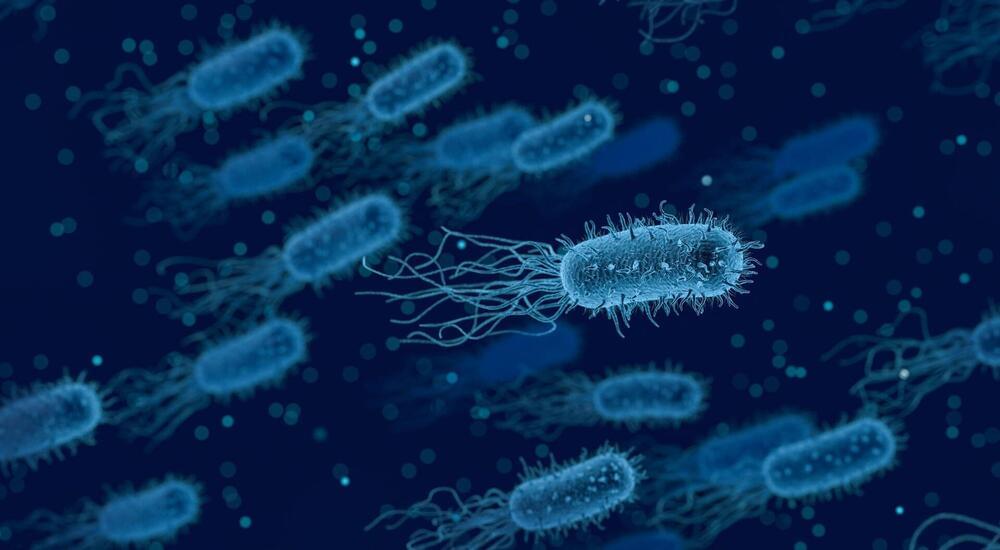
Light accelerates conductivity in nature’s ‘electric grid’
The natural world possesses its own intrinsic electrical grid composed of a global web of tiny bacteria-generated nanowires in the soil and oceans that “breathe” by exhaling excess electrons.
In a new study, Yale University researchers discovered that light is a surprising ally in fostering this electronic activity within biofilm bacteria. Exposing bacteria-produced nanowires to light, they found, yielded an up to a 100-fold increase in electrical conductivity.
The findings were published Sept. 7 in the journal Nature Communications.